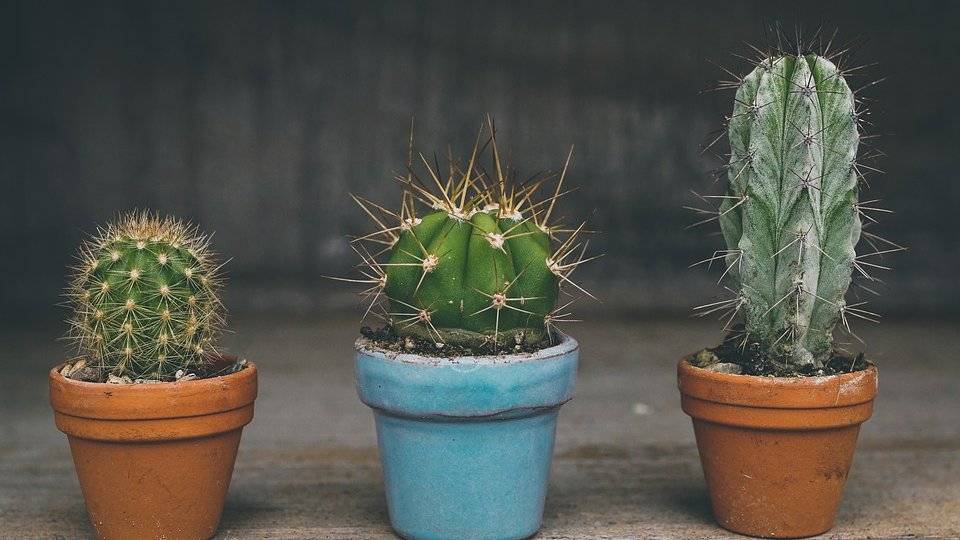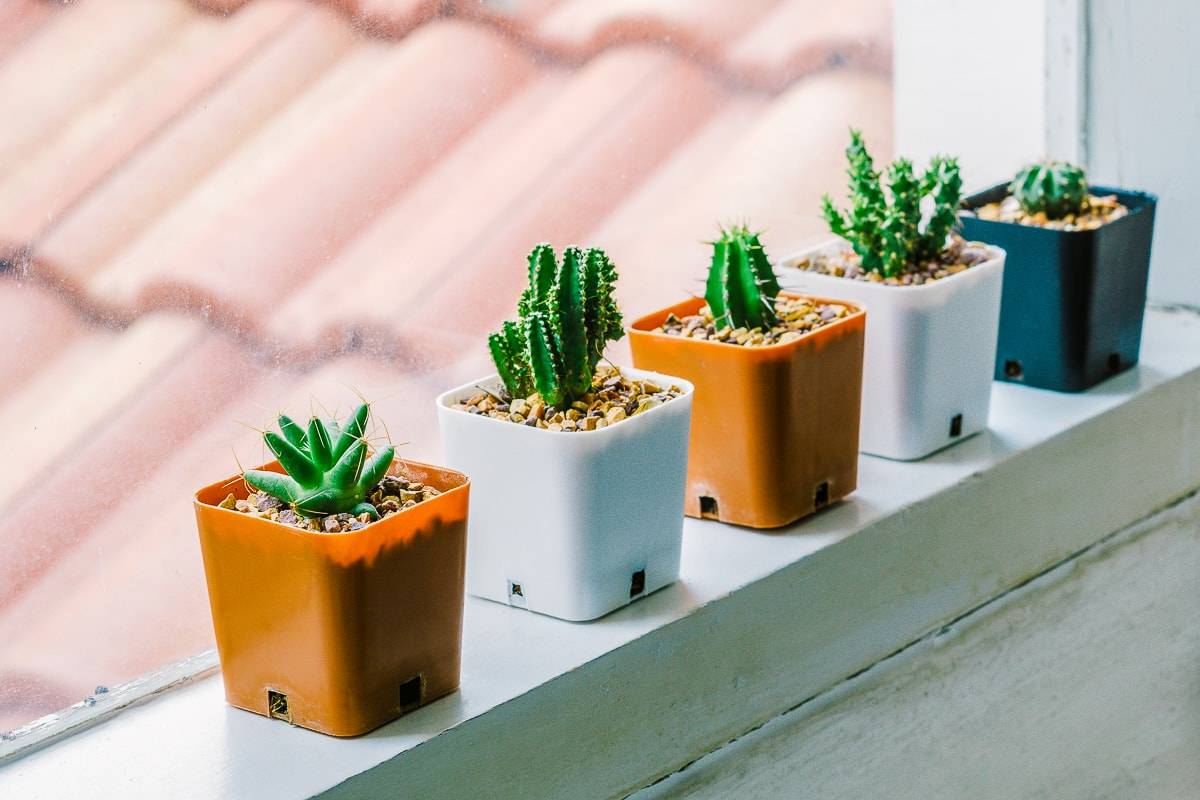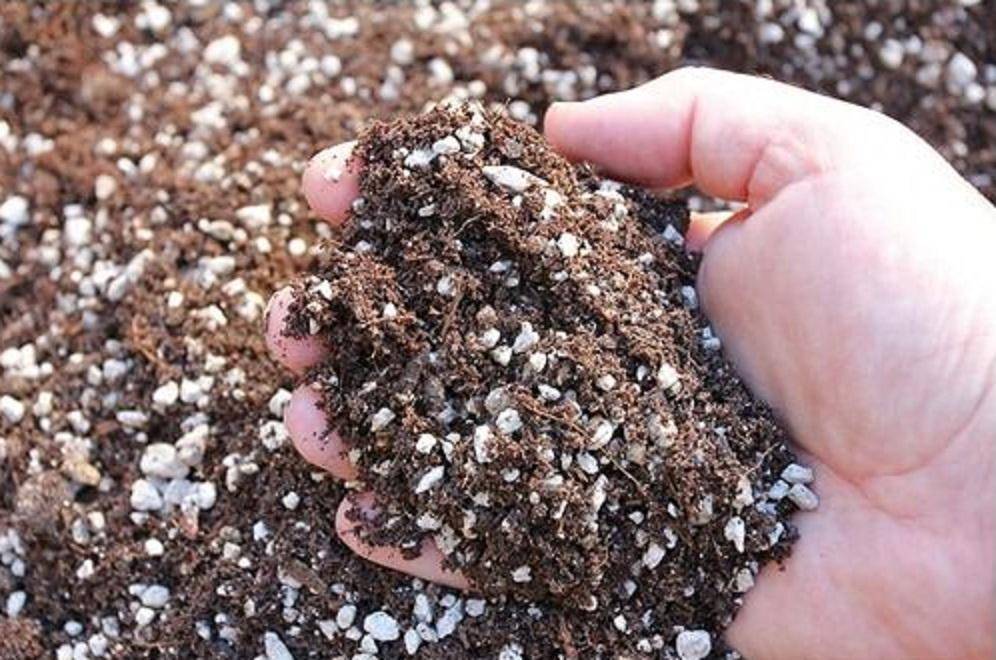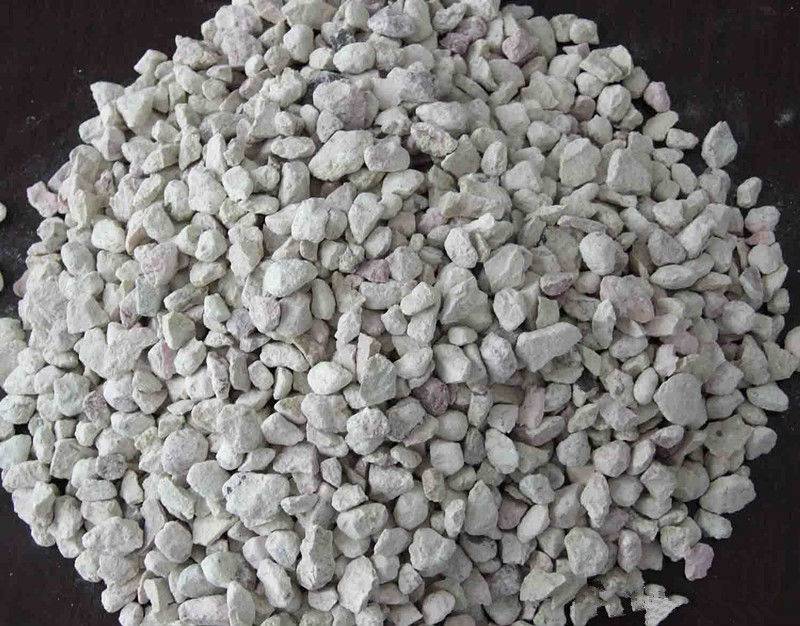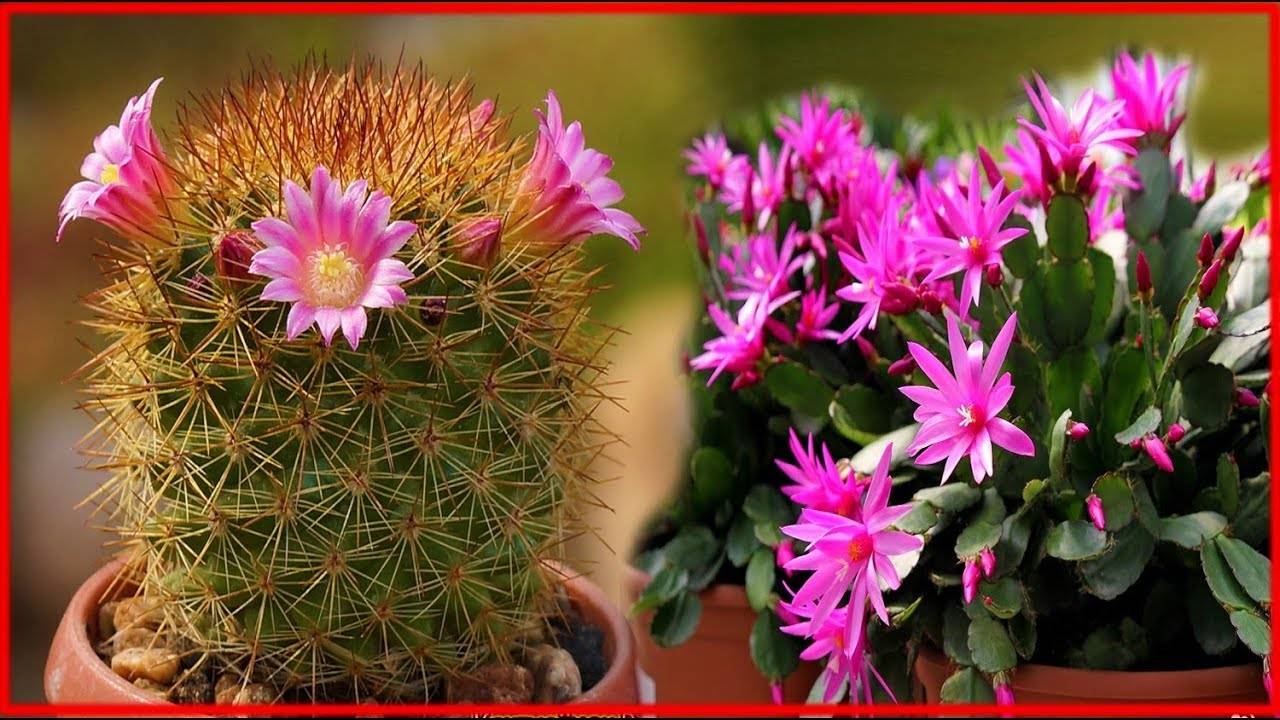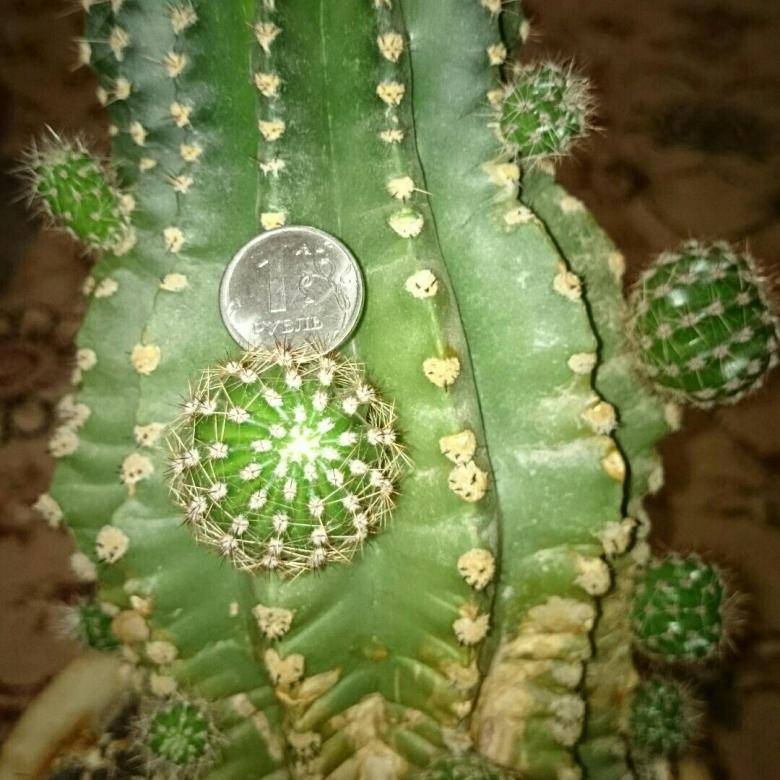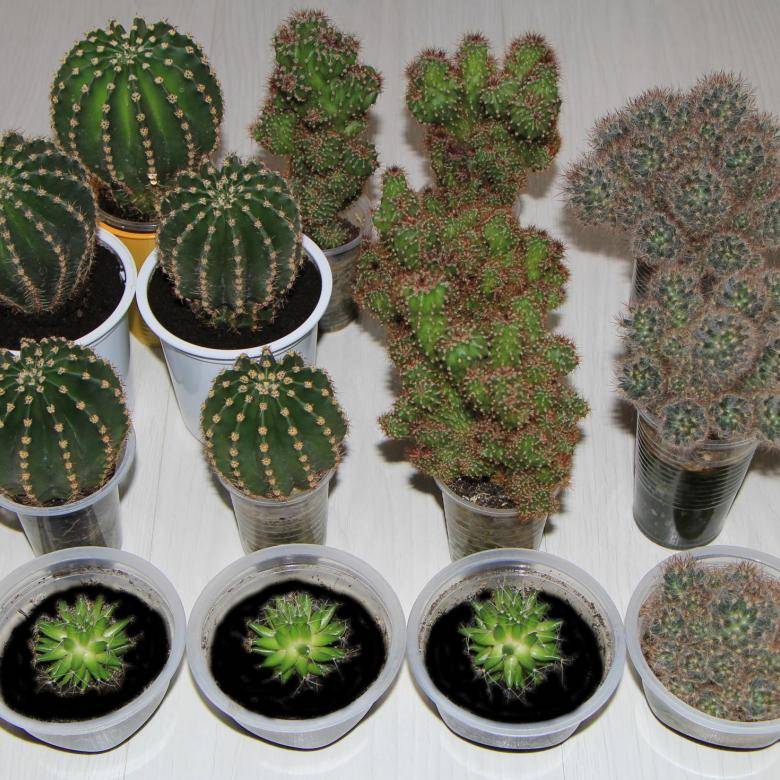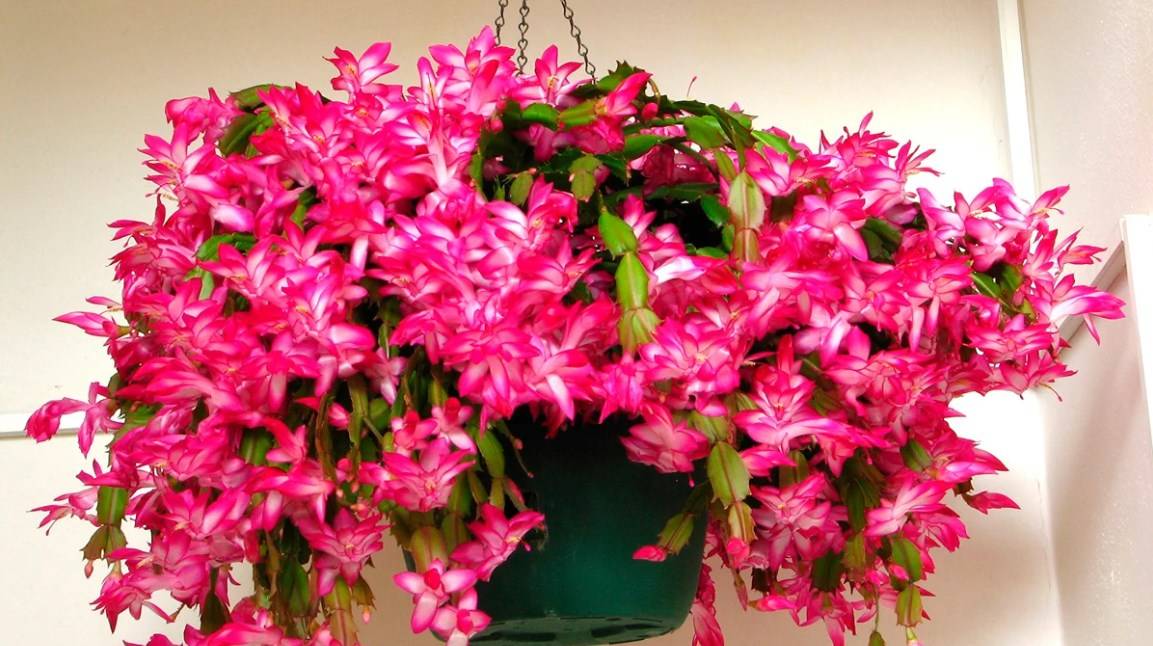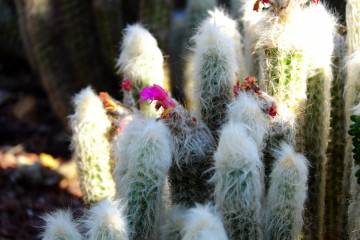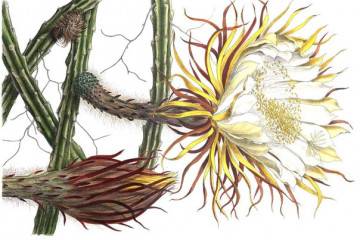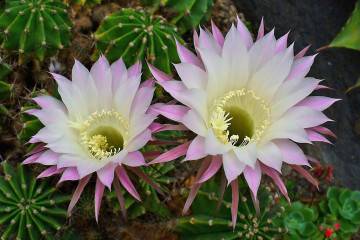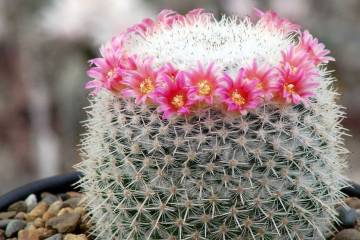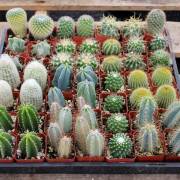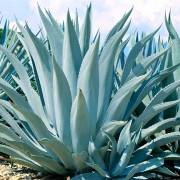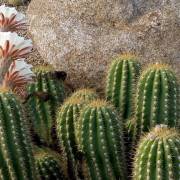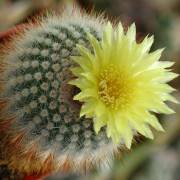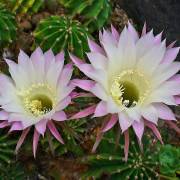How to transplant a cactus: options at home
Content:
It is believed that the most unpretentious indoor plants are cacti, and the Decembrists are the most common variety. In order for indoor plants to please with lush and abundant flowering, a number of care conditions must be observed. One of them is timely and correct transplantation. Owners of thorny vegetation often wonder how to transplant a cactus at home.
Cactus transplant conditions
There are general guidelines on how to transplant a cactus into another pot. If you strictly follow them, no difficulties in implementation should arise. Transplanting a cactus should be carried out taking into account the high sensitivity of the culture. Even minor damage and scratches can lead to the death of the plant.
Also, with abundant moisture in the root system, the cactus can rot. That is why, before planting or replanting plants, you need to carefully read the conditions of the process.
Pot selection
The choice of capacity for transplanting depends on the size of the cactus root system. For example, some varieties have fibrous roots that are located close to the surface of the soil. For this plant, a pot of shallow depth, but with a large diameter, is optimal. Other varieties of the plant may have a modest outer shell, but at the same time powerful roots that need impressive depth.
The succulent container can be made of any material, but it is preferable to use unglazed clay pots, which removes all excess moisture and allows air to pass through.
When choosing the shape of the pot, you need to focus on the availability of free space on the shelves and window sills set aside for indoor plants. Most indoor plant lovers prefer square containers.
Another important factor for a cactus is the cleanliness of the container. Before planting an ornamental plant, all containers must be thoroughly washed with hot water, a brush and laundry soap.
Soil selection
Another important question is what kind of land is needed for the Decembrist. The soil for cacti should be light, loose and perfectly permeable to air and water. It is easy to guess that the main loosening ingredient in any purchased substrates is sand. If the optimal composition will be prepared independently, then it is important to take into account one nuance: unwashed sea sand does not have a loosening effect, but a cementing one.
Another essential ingredient is the zeolite granules found in cat litter. It will also act as a baking powder.It is preliminarily prepared - thoroughly washed under running water and sieved. An exceptional coarse fraction is added to the soil.
The rest of the substrate components are standard - universal soil from a store or garden soil, fine expanded clay. Alternatively, you can use coconut substrate, the main advantage of which is looseness. This substance does not stick together, allows the root system to breathe.
For active growth and development of culture, you need to take care of drainage. You can use chopped wine cork, pieces of styrofoam, fine crushed stone, pieces of broken red brick and expanded clay. When transplanting, a new drainage layer is always used, since the already used layer has accumulated a considerable concentration of salts.
Home transplant
At home, Mammillaria and Decembrists (Schlumberger) are most often grown. The procedure for transplanting Decembrist and Mammillaria is different, so you need to carefully read the algorithm and features of the procedure.
When can you transplant Decembrist and Mammillaria
Not everyone knows, but succulents can be transplanted at any time of the year, but the most suitable period is still the end of autumn - the beginning of winter.
There are some nuances regarding mammillaria. Young shoots (babies) can be transplanted at intervals of 1 year, as for adult plants, the optimal frequency is no more than 1 time in 2-3 years.
Decembrists can be transplanted soon after they stop blooming. This usually happens in the second half of February. Young plants can be replanted every year, and adults no more than once every 4-5 years.
Transplant features
At home, mammillaria can grow in both plastic and ceramic containers. It is best to buy a pot that is wide, but not deep. At the bottom of the tank, a drainage layer must be organized, consisting mainly of expanded clay. Next, a soil mixture is laid specifically for cacti.
For transplanting Schlumberger, plastic, wooden, glass, ceramic and clay containers are used. You can also use metal pots, but with great care, since corrosion (rust) can cause rotting of the root system.
Rooting a cactus
Another topical question is how to root the Decembrist and Mammillaria. First, it is necessary to treat the selected baby or stalk in a weak solution of potassium permanganate in order to protect the plant from infection. Places of cuts are abundantly sprinkled with sulfur or charcoal in the form of a powder. Next, the trim must be dried.
To root mammillaria, you need to cover the bottom of the pot with a layer of drainage, then add ¼ of the mass of the entire soil. After that, it is necessary to root the planting material by sprinkling it with sand. The only thing left is to add a small amount of pebbles to the pot. Additionally, you can use root-stimulating solutions.
To separate the stalk from the Decembrist, you need to hold the main plant and carefully unscrew the desired part clockwise.
Over the next two days, the prepared cutting is dried in a dark place. Then you can start rooting. Two methods are used - in soil and water.
Transferring to another pot
If all the previous steps have been completed, you can start transplanting the cactus into another pot. This is done as follows:
- Remove the plant from the old pot and shake it gently so that excess soil crumbles from the root system.
- Carefully transfer the cactus to a new container. It is highly recommended to place the plant in the center of the pot.
- Holding the plant in one hand, the second area around the rhizome is covered with a pre-prepared soil mixture.
- There is no need to tamp the soil. After a short period of time, the earth will settle on its own, and you will need to add some soil to the required level.
Further care of the flower
After transplantation, any plant needs increased attention, all varieties of cacti are no exception. As a rule, the duration of the adaptation period is 1-1.5 months.
Soil and watering
For large plants with a massive stem, after transplanting, a support must be installed for about 2-3 weeks. This approach will allow the root system to take root faster.
Top dressing
It is also strongly not recommended to apply fertilizers to the soil immediately after transplanting. The optimal time for top dressing is after 1-1.5 months. Further, it is recommended to apply fertilizers at intervals of 2-3 weeks, if the plant blooms profusely, then this interval is reduced to 10 days.
Humidity
Despite the fact that cacti are succulents, they can be without water for a long time. However, after transplanting, the plants are weakened and extremely susceptible. To prevent possible dehydration, the plant should be covered with plastic wrap to maintain optimal and constant temperature conditions.
Lighting
Any plant needs good lighting for growth and development. The cactus generally belongs to light-loving cultures, so the most suitable place for it would be a window sill located on the south side of the house / apartment / office, etc. If this is not possible, then you should choose between the east and west sides. If there is a pot with a cactus on the windowsill on the north side, then you should take care of the organization of additional lighting.
There are many different recommendations for replanting and caring for cacti, but it is better to resort to the most common and least simple algorithms. Excess can also hurt.
